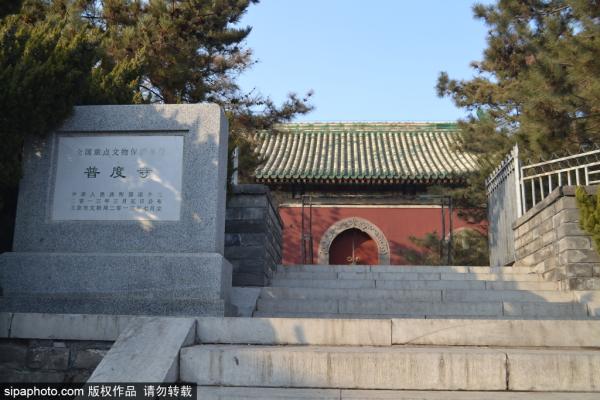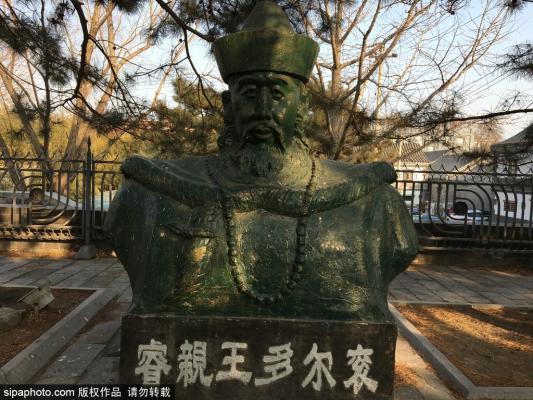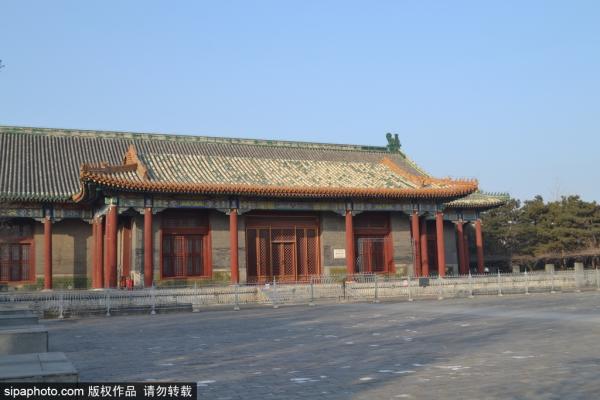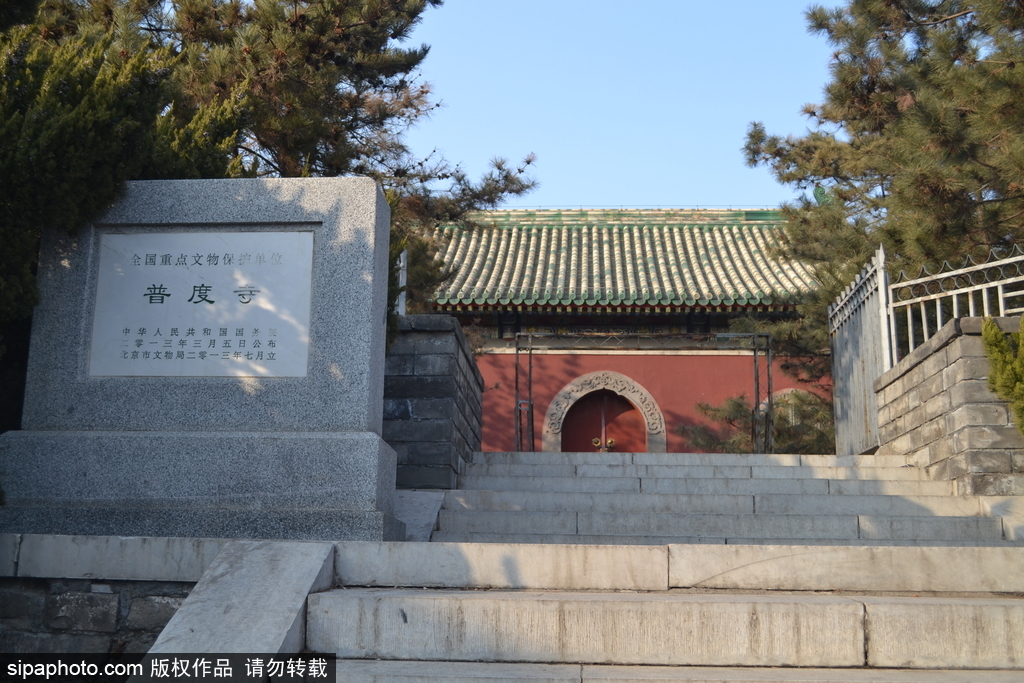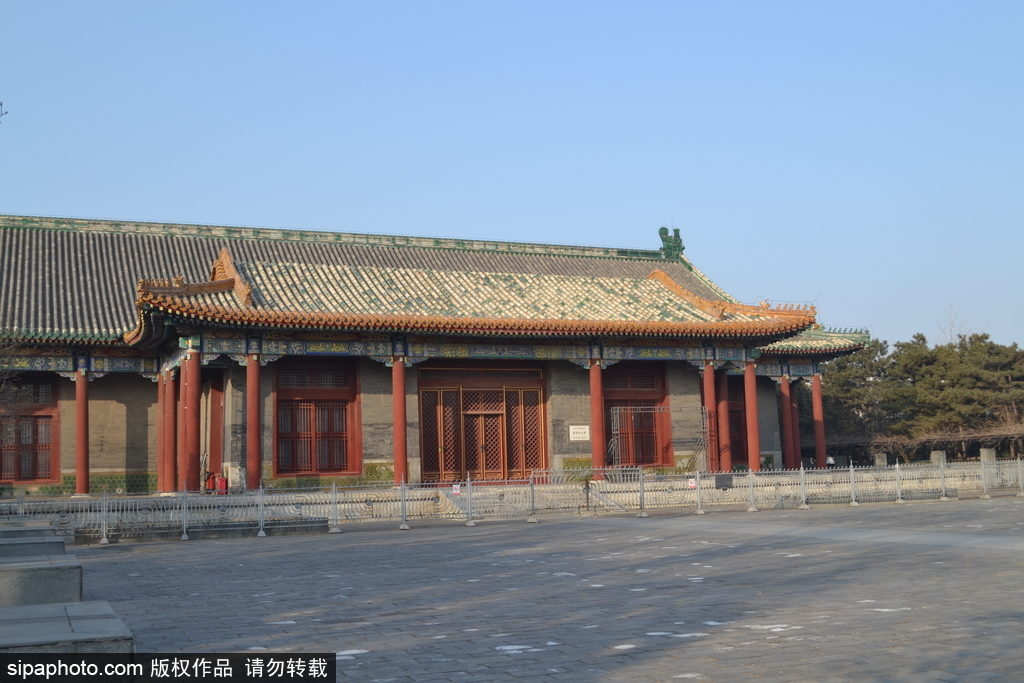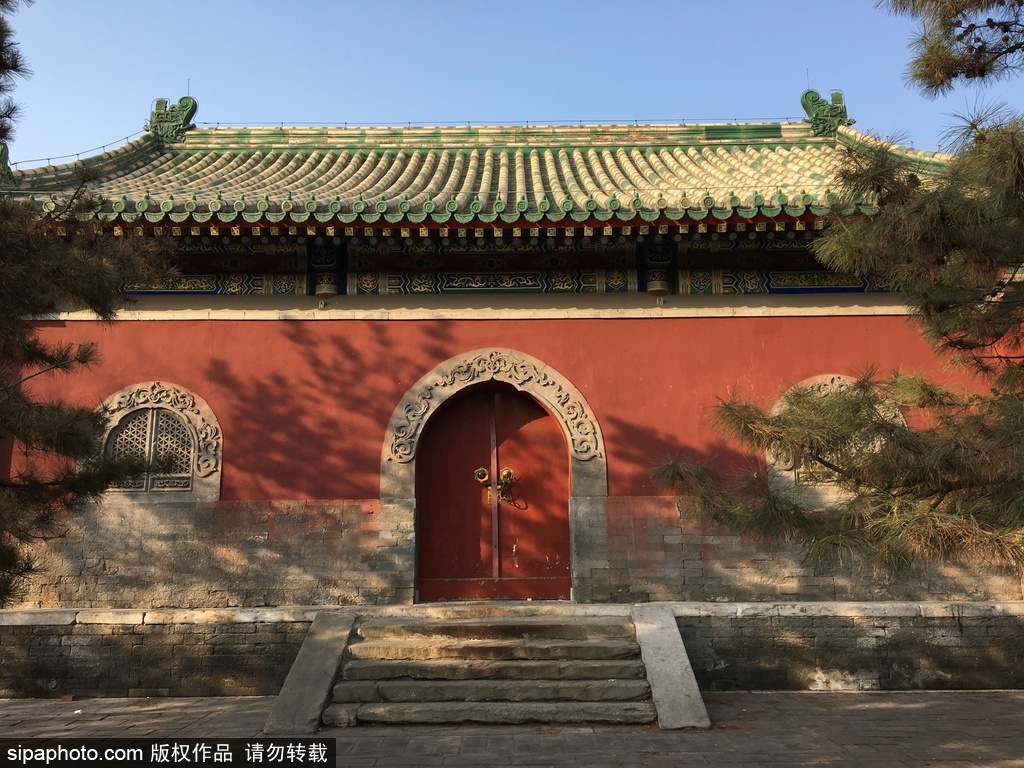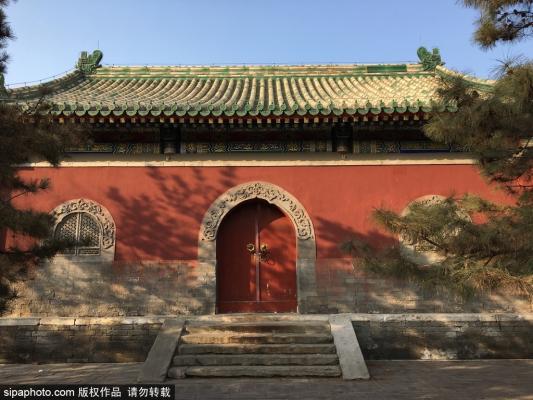Pudu Temple (普度寺)
Built in the Ming Dynasty (1368-1644), Pudu Temple (formerly East Garden of Imperial City), also called Little South City, was originally the residence for the prince.

-
Tel:
(010)85112897 -
Best Time to Visit:
2 hours -
Duration:
2 hours -
Admission:
Free Free -
Opening Hours:
All the time
Description
Pudu Temple (普度寺)
Pudu Qianxiang is located to the east of the Forbidden City, running north to south. It is 271 meters long and 6 meters wide. Originally named Pudu Temple Qianxiang in 1947, it was renamed Puqing Qianxiang during a place name adjustment in 1965, and reverted to its original name, Pudu Temple Qianxiang, in 1980. During the Ming and Qing Dynasties, this area was part of the imperial palace precincts. Following the Tumu Crisis, Emperor Yingzong of Ming, Zhu Qizhen, frequently resided here. In the e...
Read MorePudu Temple (普度寺)
Pudu Qianxiang is located to the east of the Forbidden City, running north to south. It is 271 meters long and 6 meters wide. Originally named Pudu Temple Qianxiang in 1947, it was renamed Puqing Qianxiang during a place name adjustment in 1965, and reverted to its original name, Pudu Temple Qianxiang, in 1980. During the Ming and Qing Dynasties, this area was part of the imperial palace precincts. Following the Tumu Crisis, Emperor Yingzong of Ming, Zhu Qizhen, frequently resided here. In the early Qing Dynasty, it was the mansion of Regent Dorgon. Currently, most of the lane is occupied by residential houses.
Pudu Temple is located at No. 35 Puqing Qianxiang, Dongcheng District, Beijing. It was originally the site of the Yuan Dynasty Taiyi Altar. In the Ming Dynasty, it was part of the former Hongqing Palace in the southern city and was known as the Eastern Imperial Garden, covering nearly 10,000 square meters, serving as the residence for princes. In the early Qing Dynasty, it was the mansion of Regent Dorgon. After the demotion of Prince Regent Dorgon, in the 33rd year of Kangxi's reign (1694), the mansion was converted into the Mahakala Temple of the Shamanism. In the 41st year of Qianlong's reign (1776), it was renamed Pudu Temple. In 1984, it was designated as a municipal-level cultural relic protection unit.
Pudu Temple's existing main buildings include the Shanmen Hall and the Main Hall, with the Main Hall inscribed "Ciji Hall" by Emperor Qianlong of the Qing Dynasty. In May 1984, the Main Hall of Pudu Temple was announced as the third batch of municipal-level cultural relics protection units by the People's Government of Beijing Municipality. In May 2013, Pudu Temple was declared as the seventh batch of national key cultural relics protection units by the State Council of the People's Republic of China.
